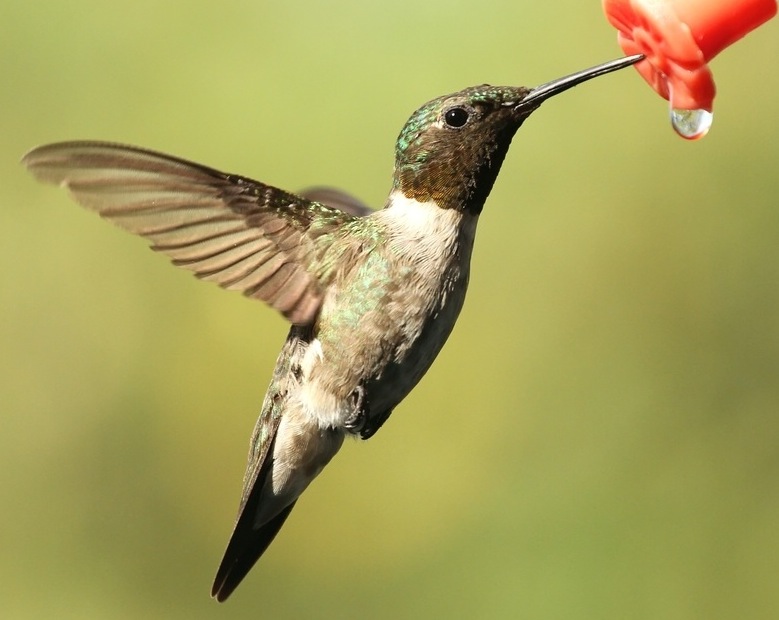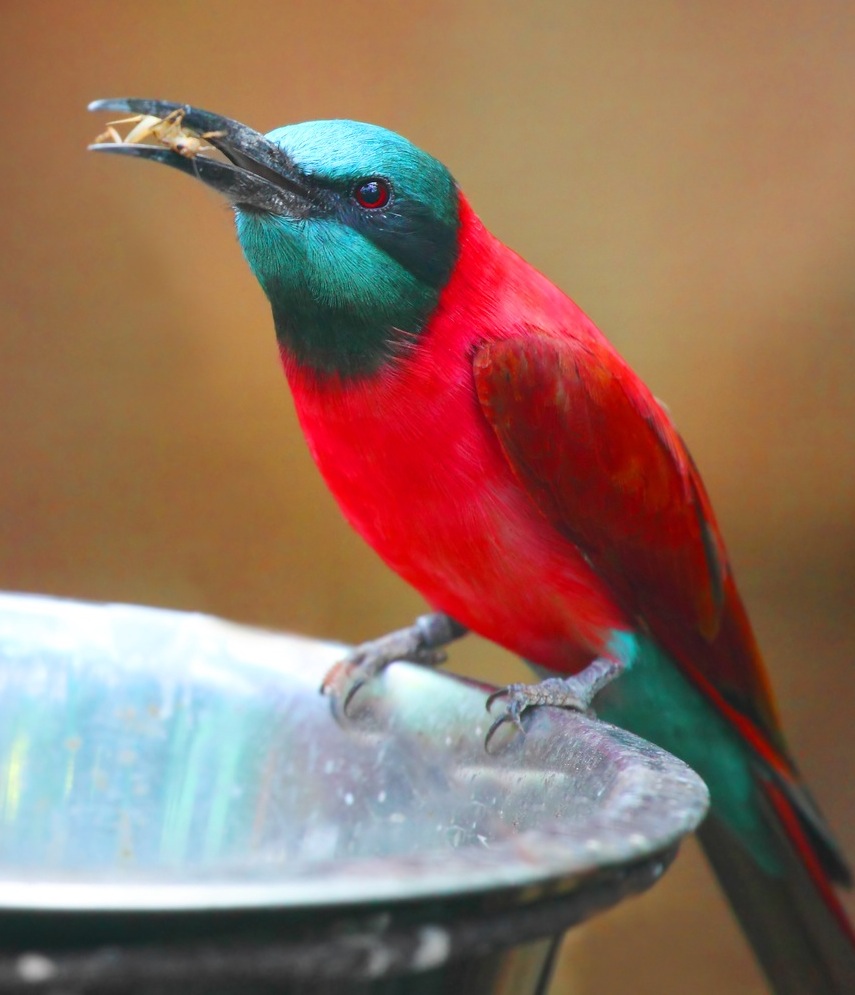Softbills

While both finches and parrots form obvious groups, in terms of their appearance, the only thing that unites softbills is the fact that they do not feed primarily on seed. The term “softbill” is itself simply a reflection of the diet of these birds, which indicates they eat soft food of various types rather than hard seed kernels.
Softbills vary significantly in size, from the giant hornbills down to tiny hummingbirds. Their dietary needs are equally diverse. There are some which are almost entirely frugivorous, such as the fruit doves and pigeons, which often feed largely on figs in the wild, while touracos are more herbivorous, with leaves and shoots featuring prominently in their diets.

A number of smaller species, such as sunbirds feed on nectar, while other softbills such as certain kingfishers rely mainly on invertebrates as a source of food. The highly insectivorous softbills such as the carmine bee-eater shown here, are potentially the most challenging group to keep successfully, because it can be difficult to persuade them to take alternative, inanimate sources of food.
The listings which follow cover all the major groups of softbills which are regularly kept today, including mention of species which make a good introduction to the group. You can find more information about the more popular species under individual entries in this section of the website.
As far as possible in each case, a specialist reference has been included, so that if you want more information about the behaviour of a particular species, you can find it without difficulty. These reference books are generally very well-illustrated, making the process of accurate identification easy, in terms of distinguishing between young and adult birds for example, or different subspecies, but they are typically quite expensive to purchase. You may hopefully be able to acquire them from your local library in the first instance.